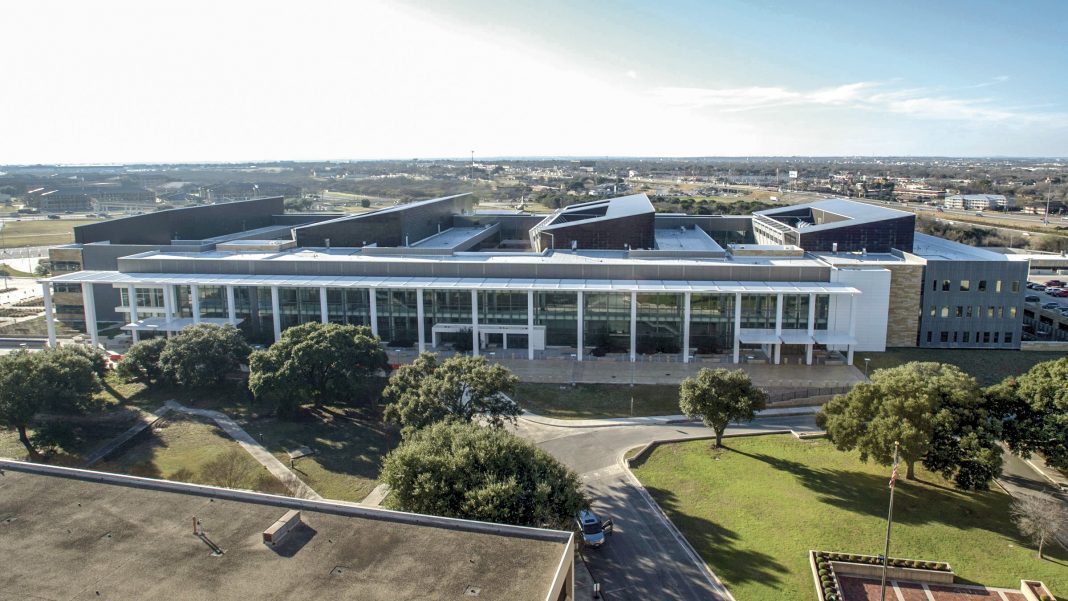JUNE Medical is proud to announce that it is supplying a U.S. military hospital with its award-winning Galaxy II self-retaining surgical retractor range, including the innovative Galaxy II LUX Connect light.
This is a great opportunity for JUNE to show its support to military and Veteran Affairs (VA) medical centers, by equipping them with the best-in-class surgical retractors.
The Galaxy II range was first used by world-class surgeons at Wilford Hall Ambulatory Surgical Center – the U.S. Air Force’s flagship medical facility in Texas – for an open inguinal hernia repair. The unique and adaptable design of the retractor, and the addition of the bifurcated light source, were invaluable for providing a clear visualization of cavities. The Galaxy II includes a novel CAM lock system that allows simple one-handed adjustments and reduces the number of staff required to assist, giving surgeons greater control over their surgical field. These same benefits can be applied to a variety of procedures, including ENT, colorectal, orthopedic, gynecologic, and other open surgeries. JUNE is hoping to expand this success across the 54 military hospitals and 152 VA facilities in the U.S., to provide serving soldiers, veterans, and their families with the highest quality surgical equipment.
Emanuel Adam, Director of Policy & Trade at BritishAmerican Business commented: “BAB is thrilled to witness yet another milestone in the growth journey of JUNE Medical, as this company continues to deliver life-changing British innovation to hospitals and surgeons across the United States. Today’s announcement is a fine example of how innovative businesses such as JUNE Medical are the backbone of the transatlantic trade and investment success story, to the benefit of patients and local communities across both countries.”
Laurie Spicer, International Trade Advisor at the Department for International Trade, commented: “I have not only had the pleasure of supporting June Medical with their launch in the USA but have been extremely impressed with their courage, commitment and dedication to delivering their award winning Galaxy retractor to U.S. medical facilities. They are an incredible team who work tirelessly to make sure they deliver an exceptional product with the best service at the best price.”
To learn more about the Galaxy II self-retaining retractor, visit here.

